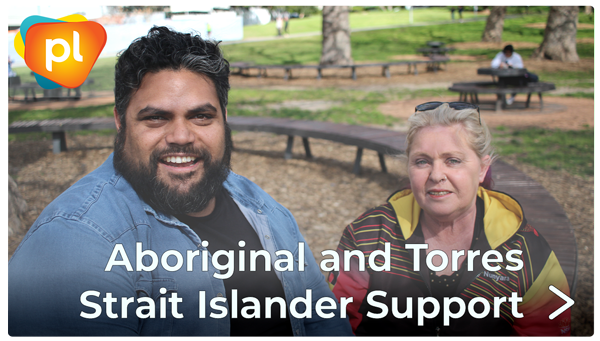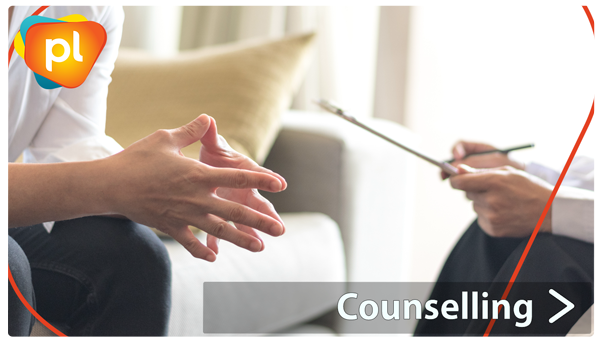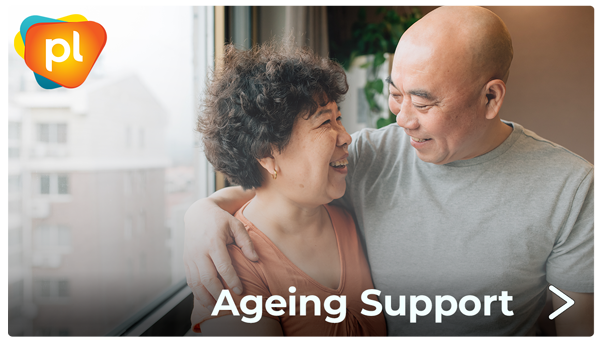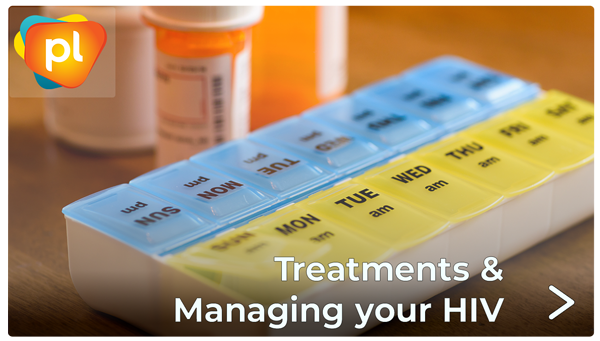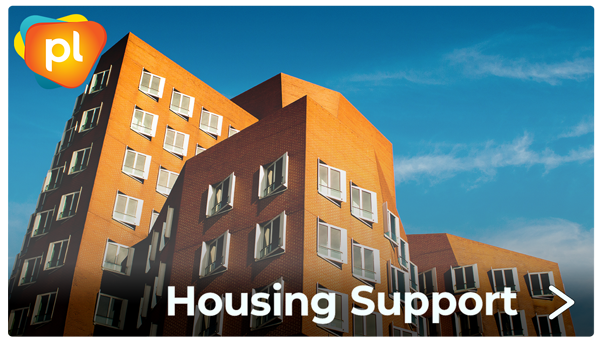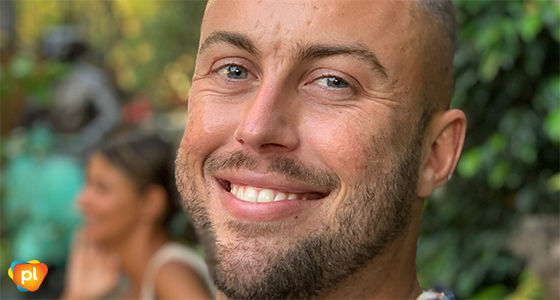
March was Bi+ Health Month, which helped to draw attention to the unique experiences of the bi+ community and how these experiences affect our health. This month also provided an opportunity to highlight the inequalities faced by this large and often-erased group of people, some of whom also live with HIV.
Bi+ is an umbrella term for personal identities that recognise the potential for attraction, romantically and/or sexually, to people of multiple genders. This might not necessarily be at the same time, not necessarily in the same way, and not necessarily to the same degree. The bi+ umbrella includes the sexual orientation labels of bisexuality, pansexuality, heteroflexibility, homoflexibility, and other sexual orientation labels. This umbrella term stands in contrast to monosexuality, such as homosexuality and heterosexuality which involves the attraction, romantically and/or sexually, to people of a single gender.
Visibility of bi+ people is important. Coming out as bi+ these days is still seen as something scandalous! We saw it on our television screens recently on Married at First Sight, we see it on our social media feeds, and you probably know more than a few people who are bi+ (whether or not they have come out).
For myself, coming out as bi was simply my way of putting out a singles ad. After having been a member of the gay community for most of my adult life, I thought it was important that my potential partners knew I that I was attracted to multiple genders, rather than exclusively just identifying with the label ‘gay’. Unexpectedly, the reactions I had from some parts of the community was mockery, disbelief, ignorance, and outright prejudice. I was dumbfounded by these responses but over time, I came to learn this is unfortunately the norm.
These distinctions are important to make and clarify. It’s only by understanding the nuances of this human experience, and fleshing them out, do we start to see the biphobia that is often driving these responses. Biphobia is the prejudice and discrimination against multi-gender attraction and people attracted to multiple genders.
Biphobia manifests itself in many ways. Bi men are often accused of being ‘vectors of disease’ especially in regard to introducing sexually transmitted infections (STIs) including HIV into the heterosexual community. Biphobia is often expressed in dangerously common stereotypes about the bi+ community. Namely that we are promiscuous, confused, attention-seekers, or all of the above. The depth of biphobia runs from a macro level across society to personal levels of internalised biphobia where we minimise our own experiences and then externalise our own internal pain.
Sometimes this is externalised in self-harming ways, other times in ways that harm our loved ones, partners, friends and family. You can see how biphobia can emerge in a range of negative health issues in the bi+ community.
Another common form of biphobia is bi-erasure, this involves the invalidation and exclusion of the bi+ experience. It’s easy to see how this becomes a problem in a health setting. When our healthcare providers either ignore our bi+ identity and practices, or we have no opportunity to disclose that we are bi+, or feel we would receive some kind of judgement of our identity, our full experience, health risks and health needs are unmet. Even today, we don’t know how many bi+ people are living with HIV because this identity isn’t sought out or acknowledged in our surveillance data.
Many people in the bi+ community also have intersectionalities with other parts of their lives, identities or experiences. These can include cultural intersections, gender, language, disability to name few. While these make our community incredibly diverse and rich, intersectionality also highlights the complexity of the bi+ community.
One of the biggest barriers to addressing these issues is the lack of research on or involving bi+ people. We are often merged or jumbled into other groups in a research setting. We recognise that most of the information we can glean about bi+ people living with HIV comes from bi+ men living with HIV.
A recently released paper from Associate Professor Jennifer Power explores the experiences of Australian bi men living with HIV and we can now point to data that shows that bi men experience higher levels of internalised HIV-stigma and poorer emotional well-being than gay men, and significantly less connection with other people living with HIV and less connection with LGBTQ communities.
While we suspect the situation for bi+ women living with HIV and bi+ trans and gender diverse people living with HIV is almost certainly as concerning, this lack of knowledge highlights the significant gaps in research on bi+ people.
How we can make our society a little safer for bi+ people, to feel more confident to be ourselves, especially bi+ people who are living with HIV?
What does it take for a bi+ person living with HIV to feel comfortable to talk about our lived experience, especially with our healthcare providers?
How can we support each other, straight, gay, or bi+, and challenge stigma and discrimination including phobia in all forms and perhaps even validate bi+ attraction as a real, healthy, and extremely common sexuality orientation?
Let’s start to talk about bi+ experiences and perhaps we’ll find our commonalities, unpack some shared experiences and make our communities more inclusive for all of us who are living with HIV.
Published in Talkabout #196 April 2021

